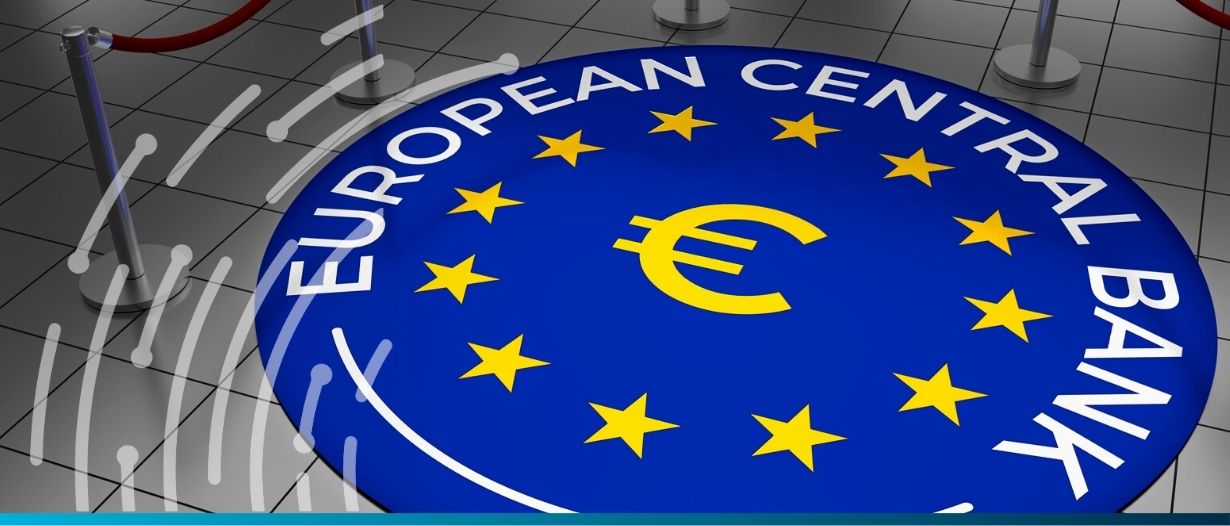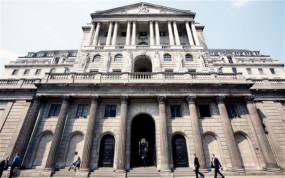Estimated reading time: 2 minutes
The European Central Bank (ECB) is set to maintain interest rates, breaking a 15-month sequence of increases. The focus may now shift to a more rapid downsizing of its extensive government debt holdings, as it continues to grapple with persistent inflation.
In its last 10 meetings, the ECB has consistently raised rates to counter soaring inflation. However, last month it indicated a temporary halt, as the accelerated pace of policy tightening starts to show effects.
Although inflation has significantly reduced over the past year, the economic slowdown is so severe that a recession could already be in progress. This makes the prospect of additional rate increases increasingly improbable.
The conversation is likely to pivot towards the duration for which rates should remain at these elevated levels. This is a complex issue, especially as market speculation already anticipates a rate cut as early as June, with two full cuts expected by next October, a timeline some officials find overly optimistic.
Another challenge is the impact of escalating energy prices, which could sustain inflation even as economic growth stalls. This could potentially lead to a damaging phase of stagflation, characterised by high inflation and stagnant growth.
Martin Wolburg, a senior economist at Generali Investments said, “We think the discussion is increasingly shifting towards the timing of a cut rather than whether there should be another hike.”
“We are increasingly of the view that (the) fourth quarter could also be a quarter of receding output, so in the end the euro area has a certain probability of entering a recession and this will also leave its mark on monetary policy in the end,” Wolburg added.
Convening in Athens for the first time in over ten years, the Governing Council is expected to easily agree on maintaining rates, given their prior commitment to a pause. The challenge lies in determining the future direction of policy.
Some officials advocate for a “hawkish” pause, keeping the possibility of future rate hikes in view, especially as inflation is not expected to return to the ECB’s 2% target until 2025. Rising energy costs due to instability in the Middle East could also be a factor.
Others suggest that rapidly deteriorating growth prospects warrant “neutral” guidance, with a focus on data dependency.
Indeed, the industrial sector is in recession, consumer sentiment is declining, consumption is subdued, and even the labour market is showing signs of weakening.
 Australia
Australia Hong Kong
Hong Kong Japan
Japan Singapore
Singapore United Arab Emirates
United Arab Emirates United States
United States France
France Germany
Germany Ireland
Ireland Netherlands
Netherlands United Kingdom
United Kingdom










Comments are closed.